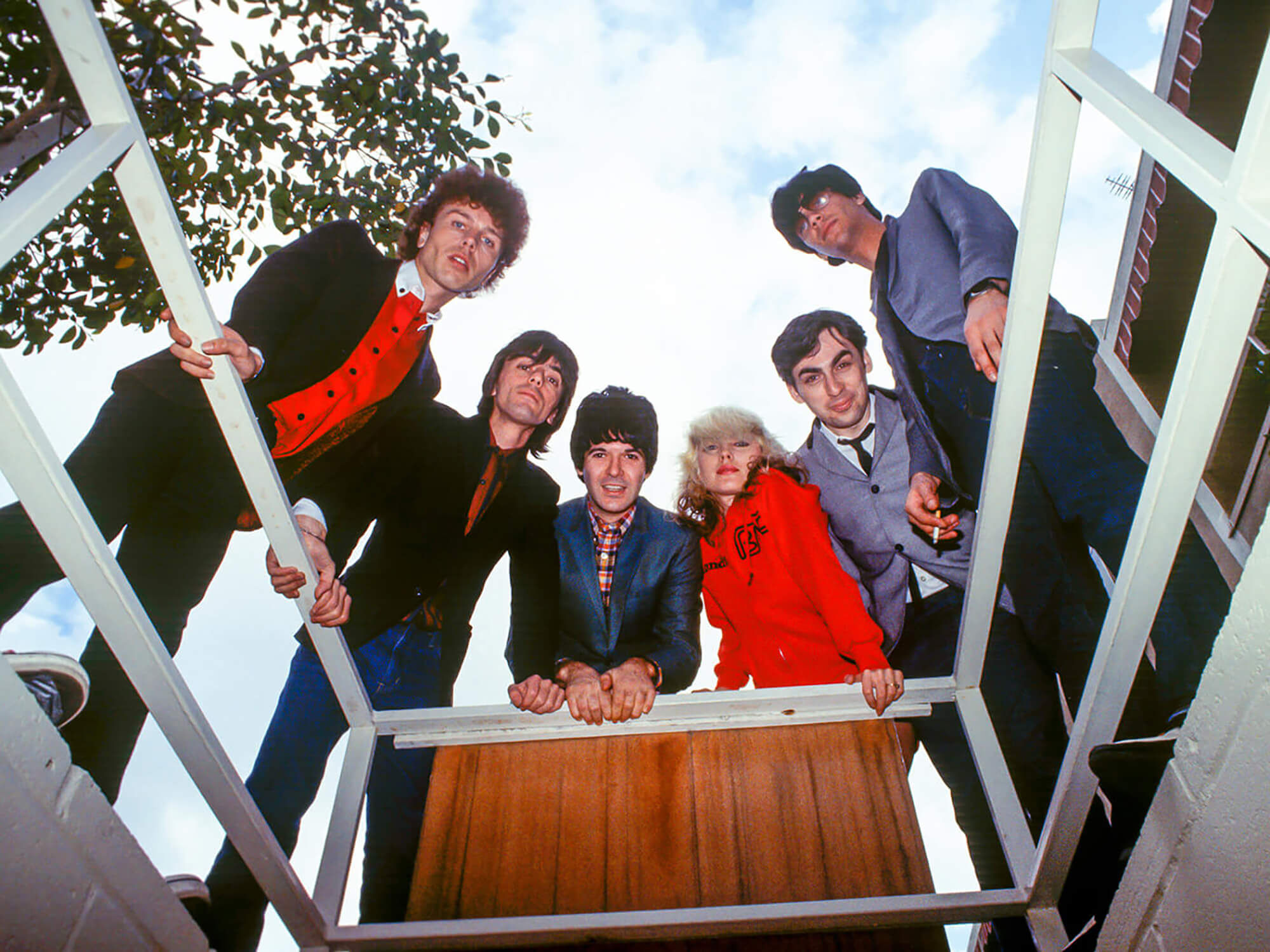Five essential Blondie tracks that guitar players need to hear
New to guitar and hearing a lot about a legendary band or artist, but unsure where to begin? Start Me Up offers a five-track taster of the very best of an iconic act, and why it matters. This month, Blondie!

Blondie. Image: Armando Gallo/Getty Images
There might have been cooler bands than Blondie, but there haven’t been many. On most days, even if you furrow your brow and think really, really hard, there haven’t been any at all. Deborah Harry is one of punk’s great vocalists and a singularly arch, magnetic frontperson. No-one plays drums like Clem Burke. And their complex songwriting dynamic — Harry working with guitarists Chris Stein and Frank Infante, or bassists Greg Valentine and Nigel Harrison, or keyboard master Jimmy Destri — served up freewheeling, genre-agnostic hits that refuse to die.
Emerging from the Bowery in the mid-1970s as classic bands formed left, right and centre, Blondie parlayed their start at Max’s Kansas City and CBGB into a slow-burn rise up the ranks, releasing five albums in four years between 1976 and 1980 that permanently reshaped punk’s legacy.
Stein was a Strat guy, Infante a Les Paul guy. It’s classic stuff, reflecting Blondie’s rock-literate approach to creating their own sound, which darted between avenues of subterranean grit and glamour, from disco to crystalline pop and stomping glam, and their status as one of the elite cover bands. In the latest edition of Start Me Up, we’ve got five tracks on deck that should provide a way into a discography that’s cooler than you and all your friends.
Start here: Atomic (Eat to the Beat, 1979)
Heart of Glass might be their calling card (and a perfect example of how they could bend a sound to their will, using an E5 power chord to add their own sleazy punk edge to disco) but Atomic is the most concise encapsulation of Blondie in full flow. Its four-note riff is the track’s anchor, allowing everyone else to spin off into a swirling new wave riot that either has one of the most electrifying choruses ever penned or no chorus at all, depending on where you’re sitting. Oh! Your hair is beautiful, indeed.
Then go here: X Offender (Blondie, 1976)
When Blondie busted out of the early New York punk milieu, they leaned heavily on Harry’s sardonic presence and a subversion of girl-group gloss. X Offender, their first single and the opening track on their debut album, distils that essence into three minutes and change of perfect, sneering melody. Having co-written the tune with Harry, bassist Valentine subs in to play slashing, trebly chords against Destri’s driving keys, later nodding to another early obsession of the band’s with a staccato surf-rock refrain.
Stop off here: Picture This (Parallel Lines, 1978)
Parallel Lines is a diamond, one of the greatest pop records ever cut, but its sheen hides a chaotic, even mean-spirited, recording process defined by drugs, friction with producer Mike Chapman and, crucially, incandescent songs. Picture This isn’t its biggest hitter – see Heart of Glass, One Way or Another, Hanging on the Telephone, Sunday Girl, I mean… – but it is Blondie at their most florid and thrilling. Here the guitars are always on the back foot, feeding off the tension created by Harry always being one step ahead in ramping up the drama. In response, Stein and Infante move from chooglin’ verses to a break that almost serves as a reset, allowing the final chorus to detonate in sublime fashion.
Almost home: Union City Blue (Eat to the Beat, 1979)
Blondie were punks, sure, but they were also supreme stylists. Their discography is home to forays into reggae (The Tide is High), cod-rap (Rapture) and prog (the Robert Fripp-starring Fade Away and Radiate) but rarely did they sound as bullish and muscular as on this supreme serving of Springsteenian rock. Harry plays the New Jersey kid longing for the bright lights of the city, sparring with a towering guitar lead ripped from the barrooms of Asbury Park. You can picture its twin lead break in the hands of the Boss and Little Steven — here the cool kids go blue collar and send down a perfect curveball.
Nightcap: Maria (No Exit, 1999)
The UK charts were always a happy hunting ground for Blondie — they had four top 20 singles there before Heart of Glass became their first US hit — and in 1999 their comeback record No Exit served up another number one 19 years after they last hit the summit. Maria is a surging blast of power-pop one step removed from Gigolo Aunts or Gin Blossoms, with its acoustic accents playing off a fuzzed-out riff that recalls their famous take on the Nerves’ Hanging on the Telephone. Its ace, though, is the nagging, patient counter-melody that jags away from Harry’s voice during the chorus. A late-career gem with layers and layers going on beneath its initial anthemic hit.
Where next?
Harry’s world outside of Blondie is packed with high-art meets trash curios, from a scattergun solo career to her performance in David Cronenberg’s outlandish nightmare Videodrome and fronting not-quite Talking Heads on the Heads’ No Talking Just Head (where Jerry Harrison, Tina Weymouth, and Chris Frantz briefly tried to crack on without David Byrne). She also sang backing vocals on the Stein-produced Miami, the ferociously cool second LP by the Gun Club.
Infante popped up as a New York Doll during their reunion, also sitting in with Divinyls, and contributed to Joan Jett’s Bad Reputation LP. Burke, meanwhile, has played with everyone, including the Go-Go’s as recently as last year. But, for folks who care about this stuff, nothing beats the couple of mid-80s shows he performed with the Ramones, under the name Elvis Ramone (natch). He will always be a Ramone, and that’s just the coolest thing anyone can be.
